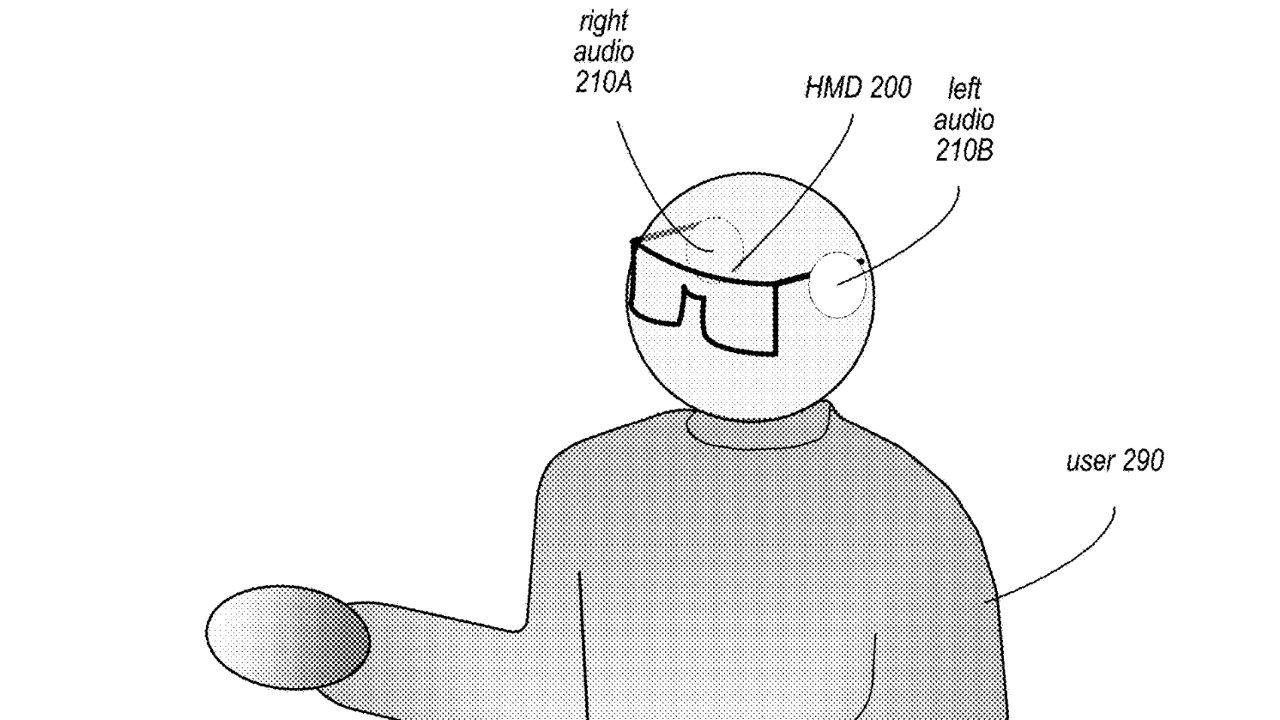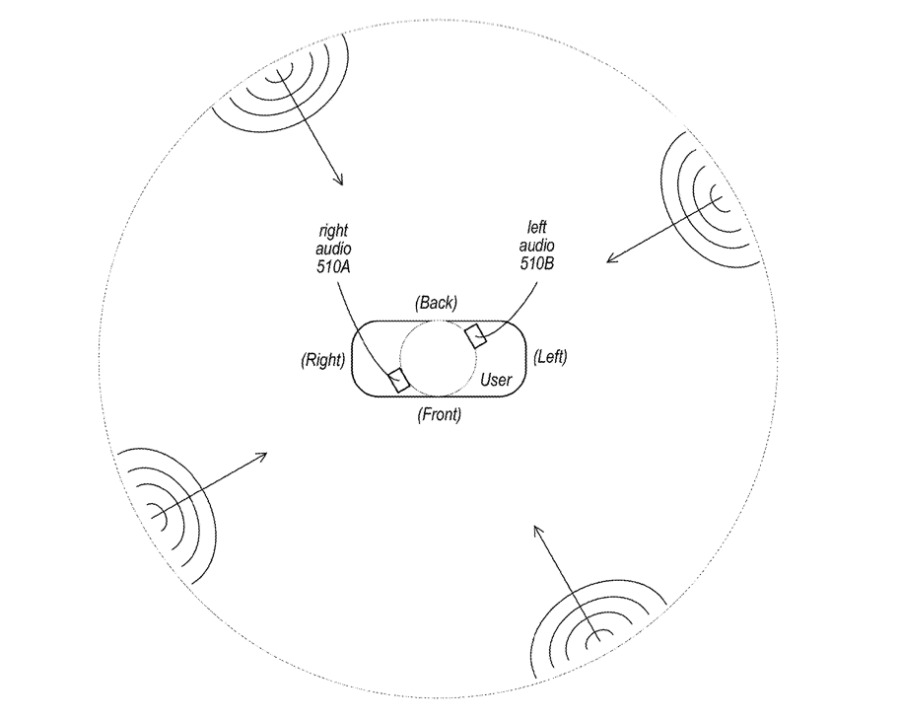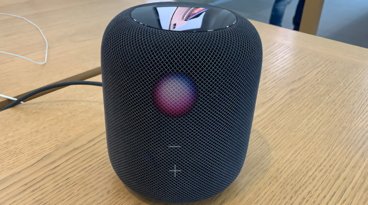Apple Vision Pro may help users navigate with directional audio cues
Last updated
The forthcoming Apple Vision Pro, regular iPhones, or even the Apple Car, could use spatial audio to get users to turn toward where a sound seems to be coming from.
We're already used to Siri telling us when to turn left or right, whether it's through CarPlay, our AirPods, or just our regular iPhone. That means we're also used to podcasts being paused and music volume dipping, but now Apple wants to improve on all of this — and maybe when we're just walking around, too.
From not interrupting us, to giving us better directions, Apple Vision Pro and more Apple devices in the future may intentionally alter where what we're listening to appears to be coming.
"Spatial Audio Navigation," is a newly-granted patent that sets out to describe how audio can be used to guide users in the real world or with AR and Mixed Reality (MR).
"Conventional navigation applications may provide vocal directions such as 'turn left' or 'turn right' to direct users to destinations," says the patent application. "However, a user, for example while walking or riding a bike, may be listening to an audio source (e.g., music, an audio book, a phone call, etc.) while using a navigation application, and may prefer for the audio not to be interrupted by vocal directions."
"In addition," it continues, "when on a phone call, vocal directions can interfere with the conversation, and/or the conversation can interfere with the vocal direction."
So instead Apple proposes using "directionality and distance of sound played through a binaural audio device to provide navigational cues to the user." So long as they are listening in stereo — over Vision Pro's headphones or car speakers, for example — then Apple can "thus use the spatial location of the apparent source of a sound to guide the user in a certain direction."
"For example, to guide the user on a path while listening to music, the apparent source of the music may be placed in front of the user to guide the user along the path, and moved to the side of the user to prompt the user to make a turn on the path," says the application.
"Thus, the music is not interrupted, and [this provides] a subtler method to convey navigational information than conventional navigation applications," it continues.
There's more to it than making sure you can listen to the AppleInsider podcast uninterrupted, however. Apple believes that this spatial audio system is safer.
"In addition, psychologically a user may tend to assume vocal directions are correct and thus follow the directions without much thought, potentially causing accidents," it says. "By using directionality and distance of sound as an audio cue to guide a user instead of vocal directions to tell a user, it is up to the user to determine if it is safe to follow the directional audio cue."
"A voice does not tell the user to do something (e.g., 'turn left' or 'turn right'); instead, the user is following the directional audio cue," it continues. "When following something such as a directional audio cue, a different psychology comes into play than when listening to spoken commands."
The rest of the patent application is concerned with the process of altering the audio's position in stereo, or changing its volume. "[Other] aspects of the audio may be attenuated to affect the virtual directionality and distance of the audio, including but not limited to frequency and reverberation," it says.
This application is credited to six inventors, including Avi Bar-Zeev and Rahul Nair, both of whom have previously worked on patent applications regarding tracking a user's gaze in Apple AR.
 William Gallagher
William Gallagher















 Amber Neely
Amber Neely
 Thomas Sibilly
Thomas Sibilly
 AppleInsider Staff
AppleInsider Staff

 Malcolm Owen
Malcolm Owen
 Christine McKee
Christine McKee









10 Comments
I hope this is less annoying than it sounds. Even the Apple Watch taps and shakes can get annoying after a bit.
Not sure how this would work out patent wise as there are already several companies that have similar 3D spatial audio effects, one of them being Audeze who have a gaming headphone that pinpoints the sound in game to an actual spot whether it’s behind or to the side etc.
secondly, it’ll be really annoying for me if the sound keeps fading left to right or back to front giving the impression there something wrong with the speakers or the playback. I don’t have any issues with my music volume lowering slightly while I’m given a couple of seconds of direction. But never say never. Will be interesting to see what they come up with
Can we all agree they’re not going to call them “Apple Glass” since everyone already saw Google Glass come and go?
”Apple Glasses” at dead simple minimum.
This is a huge reveal, it makes it apparent that Apple expects its customers will wear their headset while walking about, probably even outside, and that Apple embraces the idea.
There is no way that it is safe to walk around while wearing them. There are obstructions everywhere, that our normal field of vision picks up without us even knowing it. People will be tripping over things and running into things, being attacked from behind because they can't hear what's around them when playing music using ANC. And wearing a $3,500 piece of highly visible jewelry that's going to be the number one target for thieves. People are being robbed, beaten and killed for $200 shoes and jackets already. Better to disable them so users have to take them off when moving.
You'd think people are too smart to impair their sight and hearing when navigating about, but history tells us this is not the case.
Sounds better with a glasses type than the vision pro. Imagine biking with that headset it sounds like an accident waiting to happen. I do wonder if Apple will have safe guards in place to stop people from walking down a street or riding a bike with VP on?